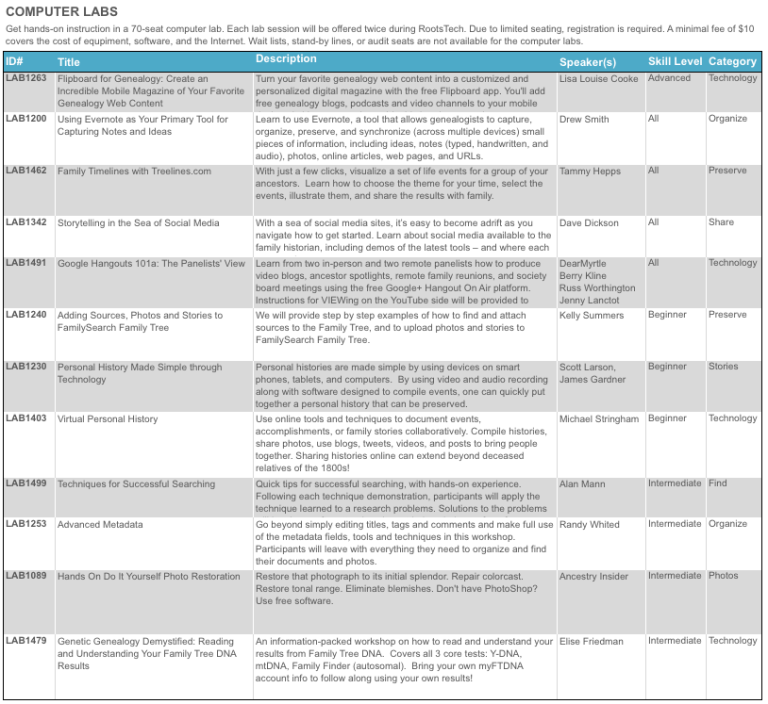World Digital Library at the Library of Congress
 I just love hearing about the growth of digital libraries! Here’s a recent post from the Library of Congress:
I just love hearing about the growth of digital libraries! Here’s a recent post from the Library of Congress:
“The World Digital Library, a collaborative international project led by the Library of Congress, now includes more than 10,000 manuscripts, maps and atlases, books, prints and photographs, films, sound recordings, and other cultural treasures. The 10,000-item milestone was reached earlier today with the addition of a set of priceless manuscripts from the Walters Art Museum of Baltimore, Maryland, a WDL partner since 2010.
The latest contributions include an early 16th-century Gospel manuscript from Ethiopia, written in Amharic and in Geez, the ancient liturgical language of Ethiopia; a manuscript containing a richly illuminated Ottonian Gospel book fragment believed to have been made at the monastery of Corvey in western Germany during the mid-to-late 10th century; and a menologion, or church calendar, in Greek, created in Byzantium circa 1025-1041.
With the latest additions, the WDL includes 10,037 rare and unique items, comprising nearly 500,000 images. Content contributed by 102 institutions in 46 countries is on the WDL site, which can be accessed in seven languages: Arabic, Chinese, English, French, Portuguese, Russian, and Spanish.
 Proposed by the Librarian of Congress and launched in 2009, the World Digital Library makes significant primary materials from countries and cultures around the world freely available. The principal financial supporters of the WDL are Carnegie Corporation of New York, the Qatar National Library of the Qatar Foundation, and the James Madison Council of the Library of Congress.”
Proposed by the Librarian of Congress and launched in 2009, the World Digital Library makes significant primary materials from countries and cultures around the world freely available. The principal financial supporters of the WDL are Carnegie Corporation of New York, the Qatar National Library of the Qatar Foundation, and the James Madison Council of the Library of Congress.”
Read more at the Library of Congress Press Page.



